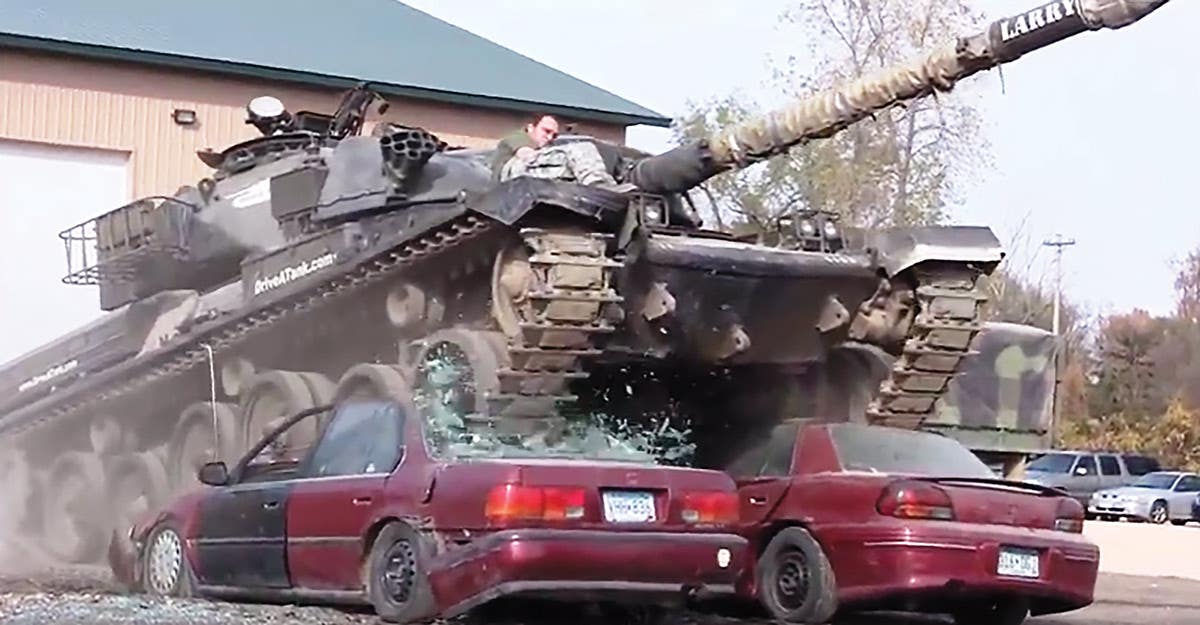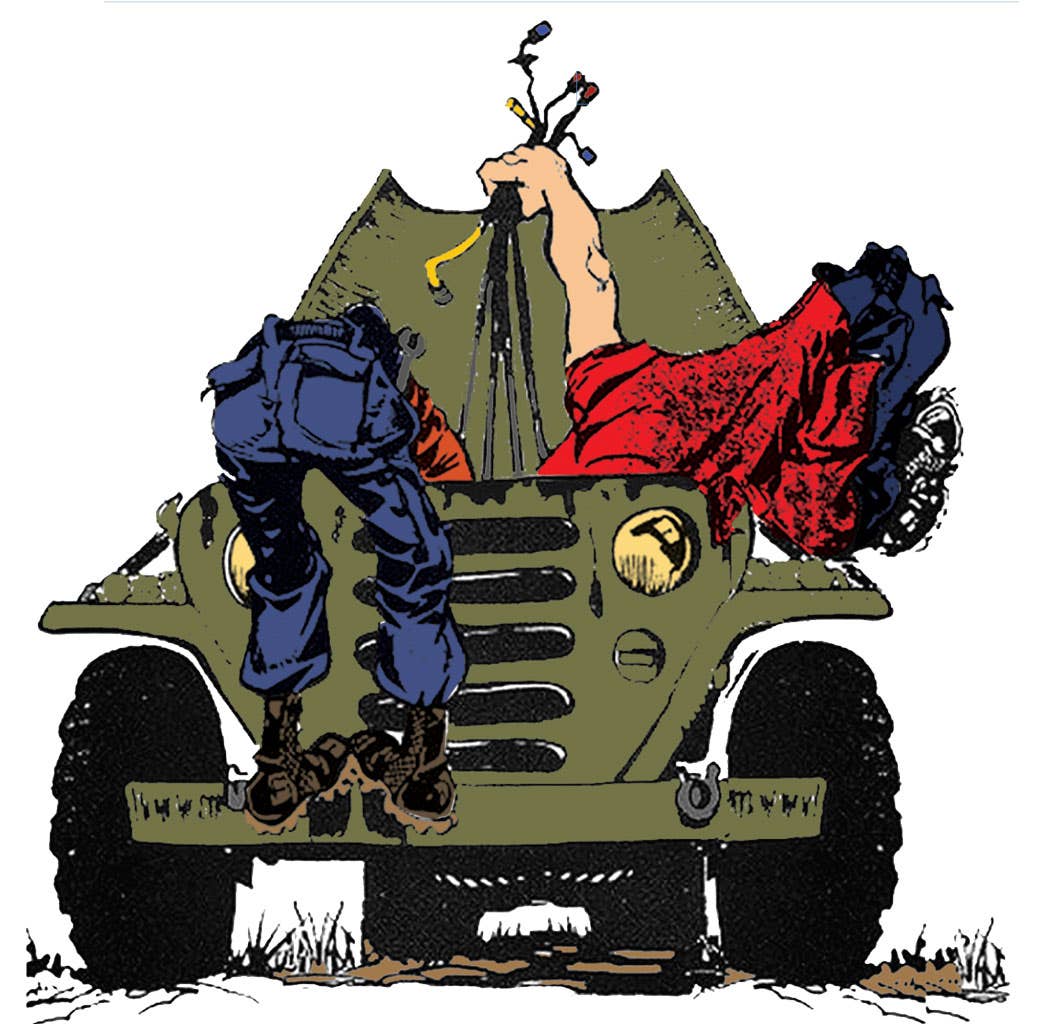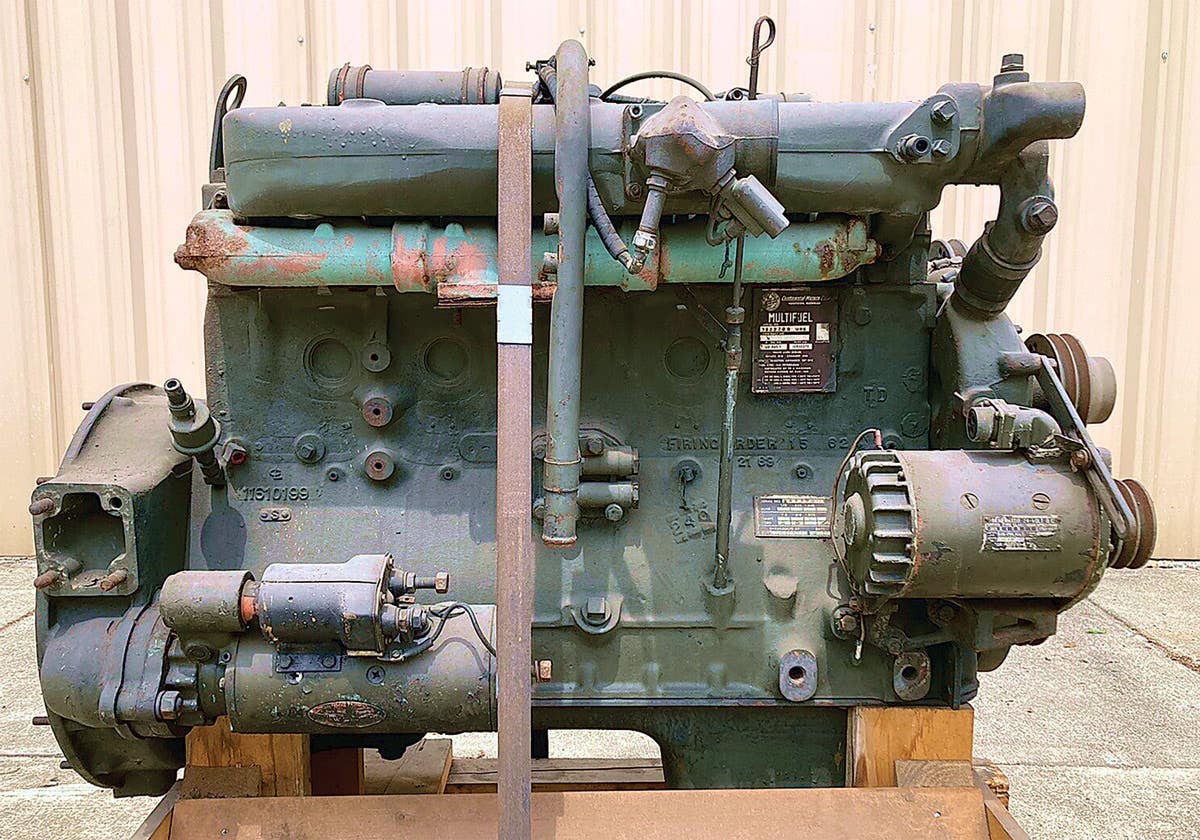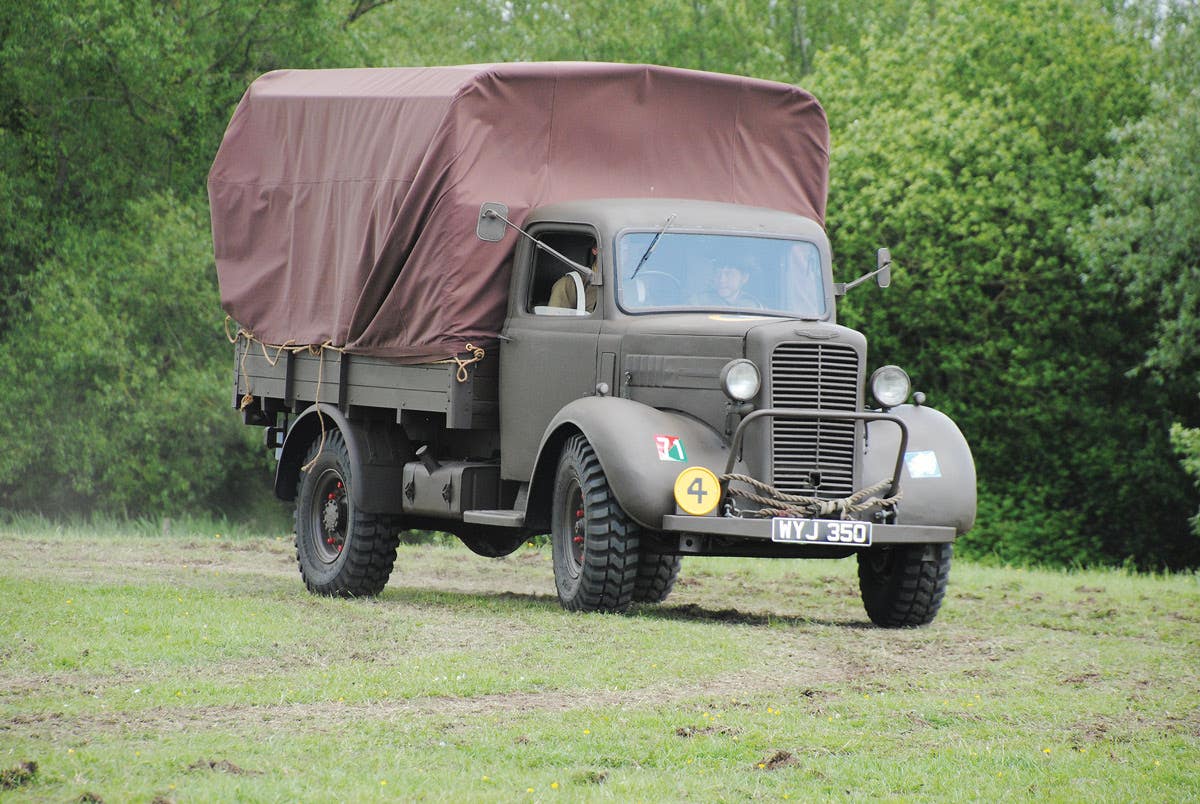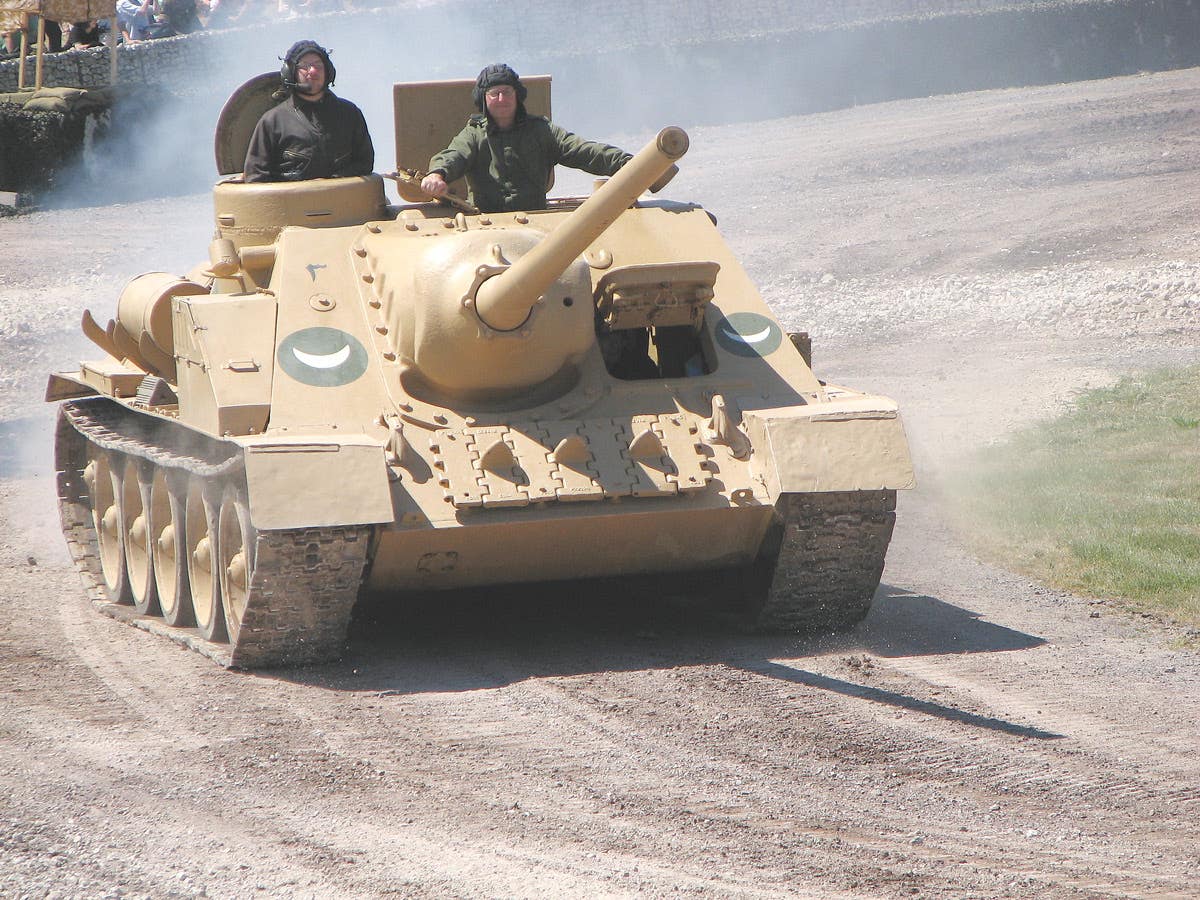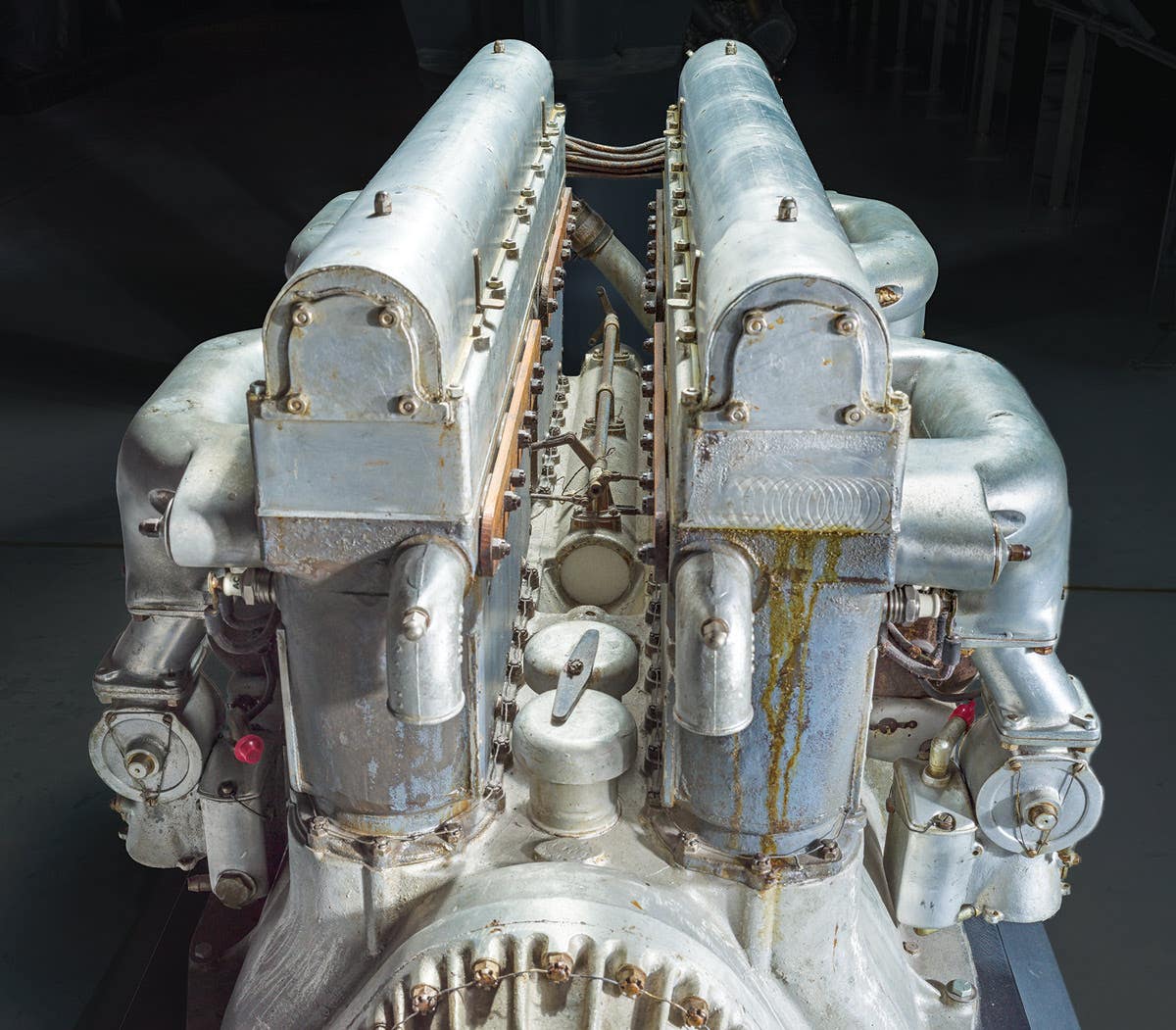A Rare “Bird”
Military wreckers have long been attractive to those with the OD bug–their rugged, go-anywhere construction, along with the array of gear they carry–make them the ultimate MV in view of many enthusiasts.
Military wreckers have long been attractive to those with the OD bug--their rugged, go-anywhere construction, along with the array of gear they carry--make them the ultimate MV in view of many enthusiasts.
Memphis Equipment's Tripp Jones recently unearthed some photos and a smattering of information about a previously unknown (at least to the author!) M-series wrecker. These undated photos were taken of a surplus vehicle that was reconditioned decades ago by Memphis Equipment.
Evidently produced for the U.S. Air Force, this vehicle was classified as a crane--though it strongly resembles an oversize M62 wrecker-crane. The truck did not have a rear drag winch, but it did have a front self-recovery winch.
If any readers have additional photos or information about this formidable machine, please contact Military Vehicles Magazine.
Unlike its smaller siblings, the crane of the MC-1 could rotate through 360 degrees. The crane also was equipped with hydraulically operated stabilizers spanning eight feet. Memphis Equipment Company
The crane of the MC-1 was powered by its own engine unlike its smaller siblings that were PTO-driven. The four-cylinder 201 CID engine was mounted behind the operator's station. Memphis Equipment Company
As this data plate reveals, the truck in question was a 5-ton 6x6 delivered in 1957. Austin-Western built the wrecker cranes found on the M62 and M246 5-ton trucks, as well as the M60 and M108 2-1/2 ton trucks of this era.
The fuel tank for the crane can be seen under the operator's station. Note the size of the massive lift cylinder. The shipper (boom) is also considerably more substantial than that of the M62. Memphis Equipment Company
Unlike the less-substantial cranes, all three sections of the MC-1 could be extended hydraulically. Note that the block accepts a two-part line, rather than the single sheave blocks used on the M62, M246, M60 and M108. Memphis Equipment Company
Of the seventy MC-1 trucks built, at least this one made it into the surplus market. Are there any surviving examples of this Air Force vehicle today? Memphis Equipment Company
This illustration from the USAF Technical Order TO36-1-27 of 1 June 1959 is the only documentation to surface thus far.
David Doyle's earliest published works were occasional articles in enthusiast publications aimed at the historic military vehicle restoration hobby. This was a natural outlet for a guy whose collection includes several Vietnam-era vehicles such as M62, M123A1C, M35A2, M36A2C, M292A2, M756, and an M764.
By 1999, his writing efforts grew to include regular features in leading periodicals devoted to the hobby both domestically and internationally, appearing regularly in US, English and Polish publications.
In 2003, David received his a commission to write his first book, The Standard Catalog of U.S. Military Vehicles. Since then, several outlets have published more than 100 of his works. While most of these concern historic military hardware, including aircraft and warships, his volumes on military vehicles, meticulously researched by David and his wife Denise, remain the genre for which he is most recognized. This recognition earned life-time achievement in June 2015, when he was presented Military Vehicle Preservation Association (MVPA) bestowed on him the coveted Bart Vanderveen Award in recognition of “...the individual who has contributed the most to the historic preservation of military vehicles worldwide.”
In addition to all of publishing efforts, David is the editor of the MVPA’s magazine, History in Motion, as well as serving as the organization’s Publications Director. He also maintains a retail outlet for his books online and at shows around the U.S.



